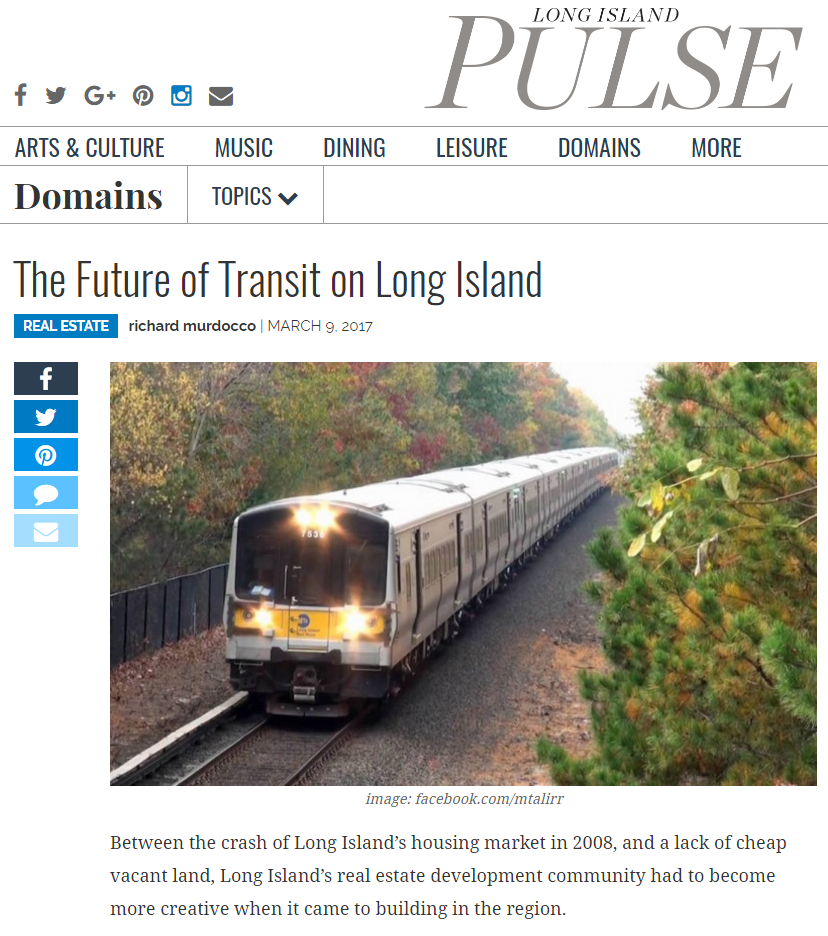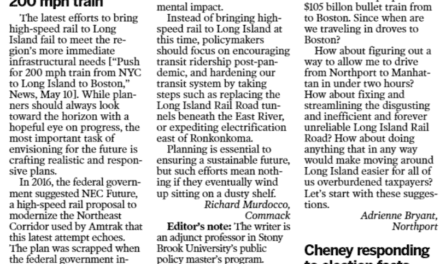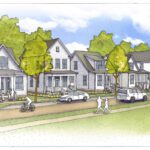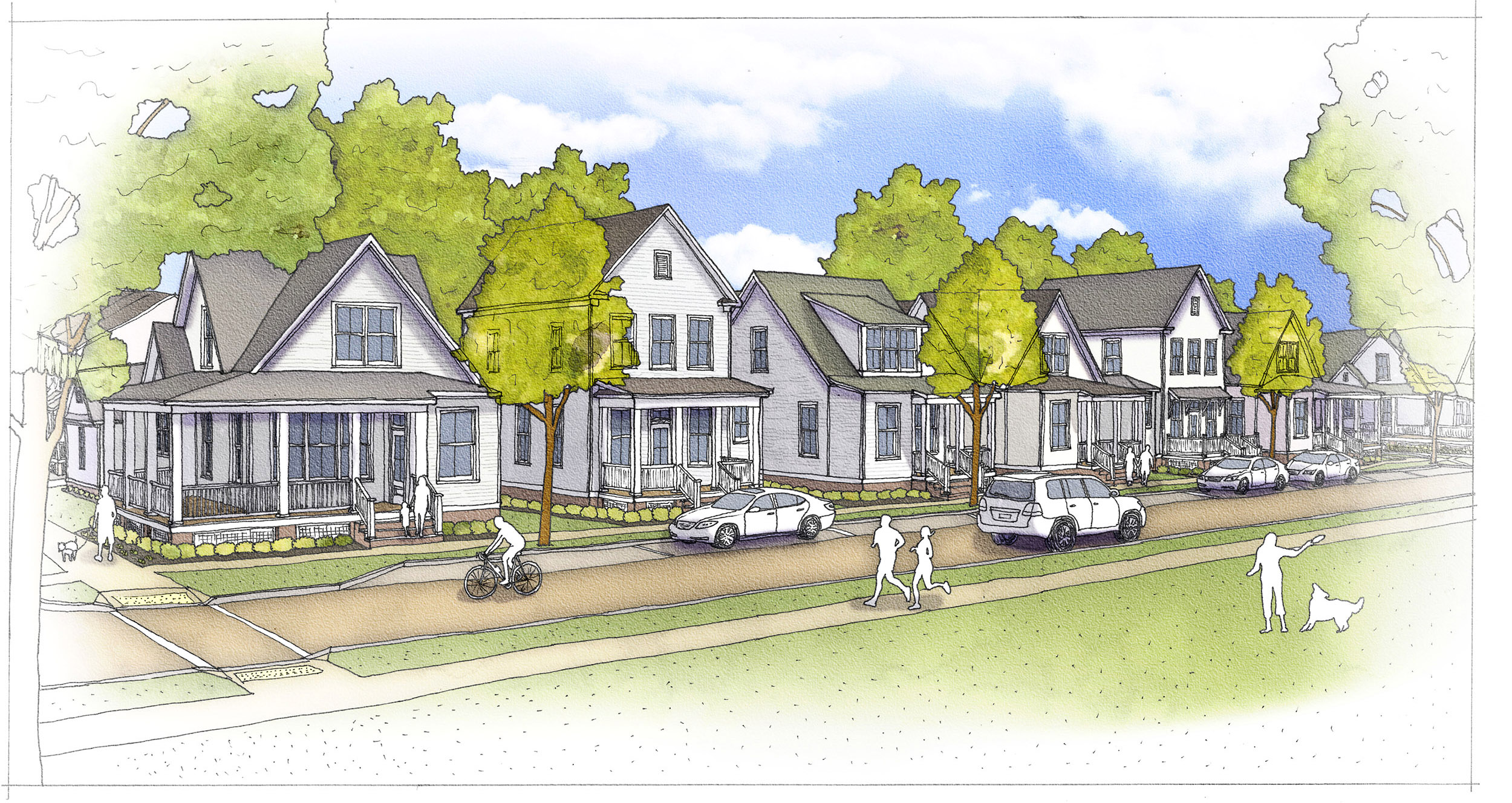The following op-ed was published through Long Island Pulse Magazine on March 9, 2017. You can read the original piece here.
Between the crash of Long Island’s housing market in 2008, and a lack of cheap vacant land, Long Island’s real estate development community had to become more creative when it came to building in the region.
From the ashes of the single-family housing market, a multifamily building-boom arose giving developers and smart growth advocates almost moral sense of purpose. They were no longer mere builders, but harbingers of a new type of economic growth that was smarter, greener and cleaner. The goal was to not only reinvent the notion of living on Long Island, but the creators of a more advanced, walkable form of suburbia.
The principal driver behind these denser developments was a nearby connectivity to the Long Island Railroad, and the promise that Long Islanders will take advantage of their newfound proximity to transit. As important as sewers are to the creation of rental apartments, linkage to the train is a close second.
As the frequency and reliability of the railroad improves, you can expect the push for more development near each LIRR station to follow. In some areas, this brand of growth is not only needed, but welcomed. However, in others, especially areas further out in the eastern reaches of Suffolk County, the increase in development is likely to be approved on faulty assumptions regarding transit usage, and low-ball estimates of traffic generation.
In a few instances, developmental efforts near the LIRR bore fruit. In real estate circles, villages like Patchogue or Mineola became regional models of supposed smart growth that allowed for the building of denser, multifamily properties. The example both villages set was for areas developers often called vibrant and walkable, a suburbia where young residents lived where they worked, took the train and lived a more progressive urban lifestyle. In December 2016, seasoned Long Island Business News real estate reporter David Winzelberg wrote a story that profiled happy residents of these multifamily, multimodal developments, as well as in Farmingdale. Each resident touted the ease of getting to work, but roughly half of those profiled actually used the train to commute.
Clearly, there is a demand for diversity of housing options on Long Island, but those asking for more rental choices aren’t exactly clamoring to use local transit, assuming it’s even practical for them to do so in the first place.
Therein lies the problem: we’re building transit-oriented developments, yet residents are still using their cars. Statistics from 2015 showed that 88 percent of Suffolk and 77 percent of Nassau residents take a car to work, making it safe to say that Long Island’s suburbia isn’t equipped for transit-oriented living. Neither are our residents. Unless developers incentivize transit usage, this isn’t likely to change anytime soon.
As New York State looks to make blockbuster investments in projects such as a host of refurbished LIRR stations, the addition of new train stops in eastern Suffolk County and the creation of a LIRR Third Track that will add capacity and resiliency between Floral Park and Hicksville, the system is being fortified for the additional demands that will be placed upon it. These demands are real, but the demand for dense, transit-oriented growth in areas such as Smithtown, where the morning commute into midtown Manhattan can take roughly an hour and a half by train or Mastic-Shirley, which can take nearly two hours, is more nebulous. The lack of transit access along Long Island’s principal employment centers, the Hauppauge industrial park, the route 110 corridor in Melville and the office parks in Lake Success, don’t help matters either.
The need for transit-oriented growth, first showcased in some of the first comprehensive plans for the region in the early 1960s, is pronounced, but elected officials, smart growth advocates and developers have gone overboard in application of the concept. What may work in Ronkonkoma isn’t exactly the right fit for Yaphank, Sayville, or Bellport.
What’s the only thing worse than sprawl? High-density suburban sprawl and all of the unwelcome impacts that comes along with it. If we’re looking to build a smarter, greener Long Island, let’s start by putting the “transit” in transit-oriented.
Richard Murdocco regularly writes and speaks on Long Island’s real estate development issues. He is the founder and publisher of The Foggiest Idea, a public resource for land use in the New York metro region, and received his Master’s in Public Policy at Stony Brook University, where he studied regional planning under Dr. Lee Koppelman, Long Island’s veteran master planner. More of his views can be found on www.TheFoggiestIdea.org or follow him on Twitter @TheFoggiestIdea. You can email Murdocco at Rich@TheFoggiestIdea.org.











Ugh. And to think I just posted your article on my local page attributing overdevelopment as a major cause of our water’s degradation when your articles and op-ed pieces are anti-envioronment and pro-development, pro Third Rail. UGH. What a disappointment. How disingenuous must you be?